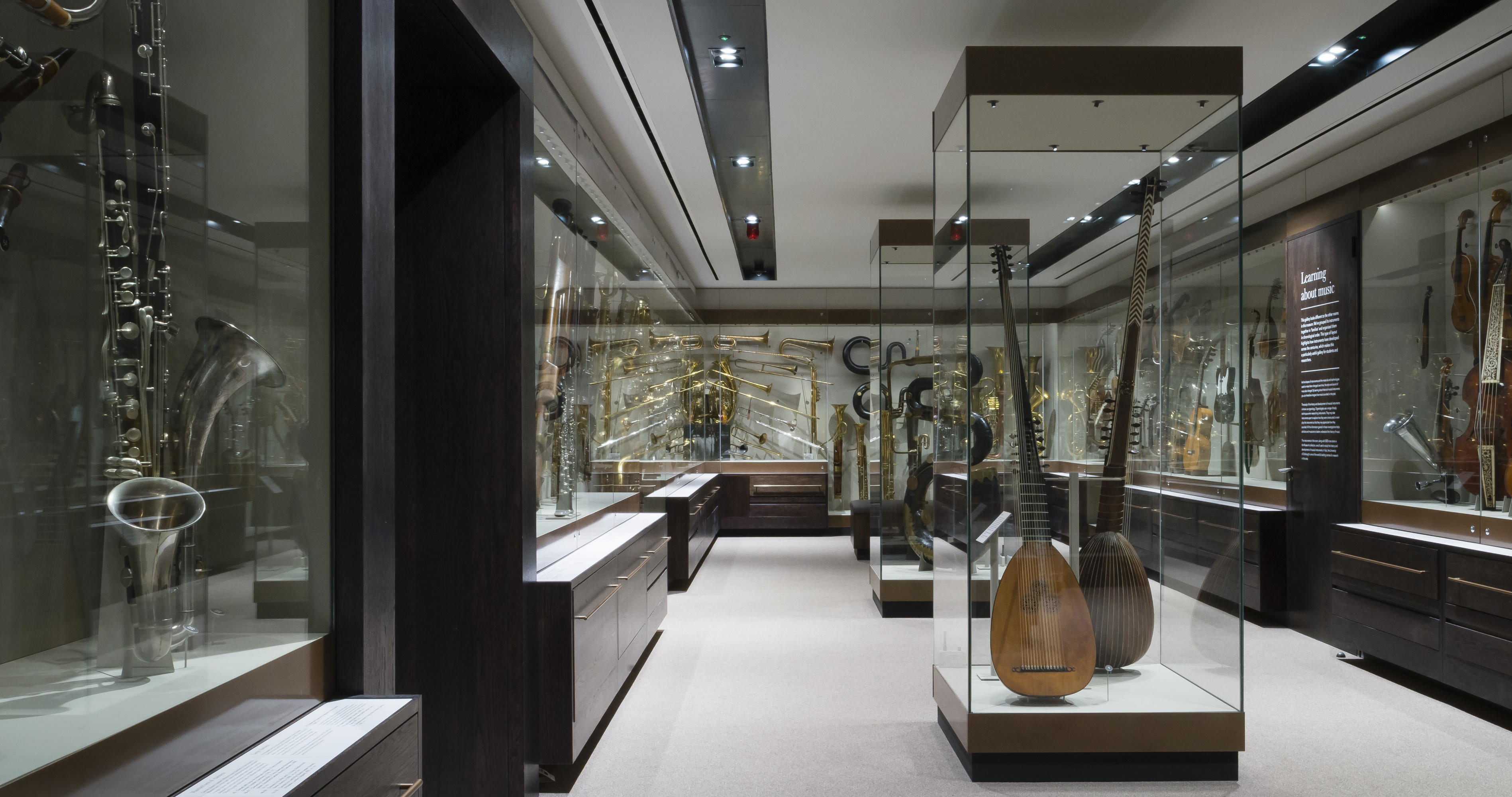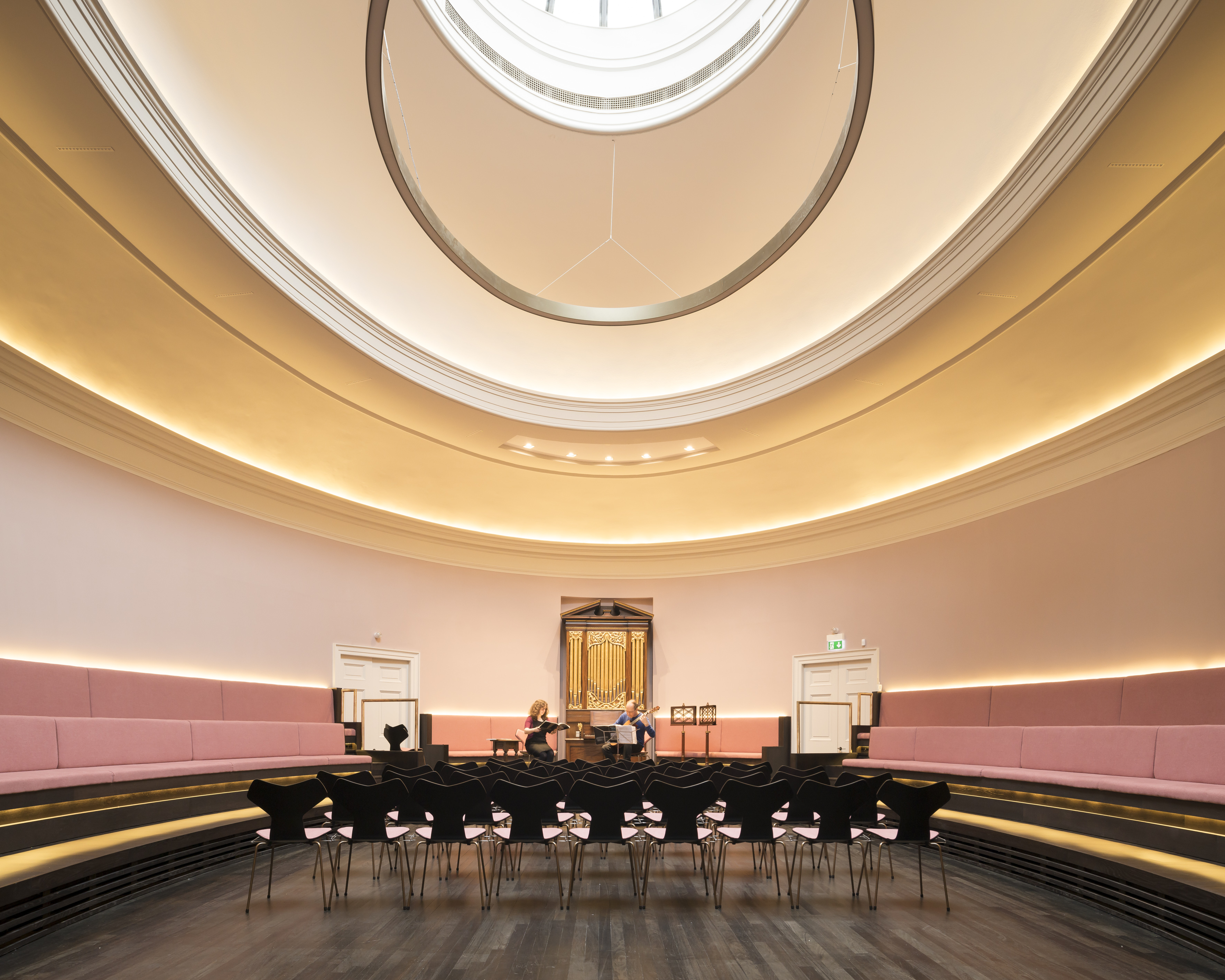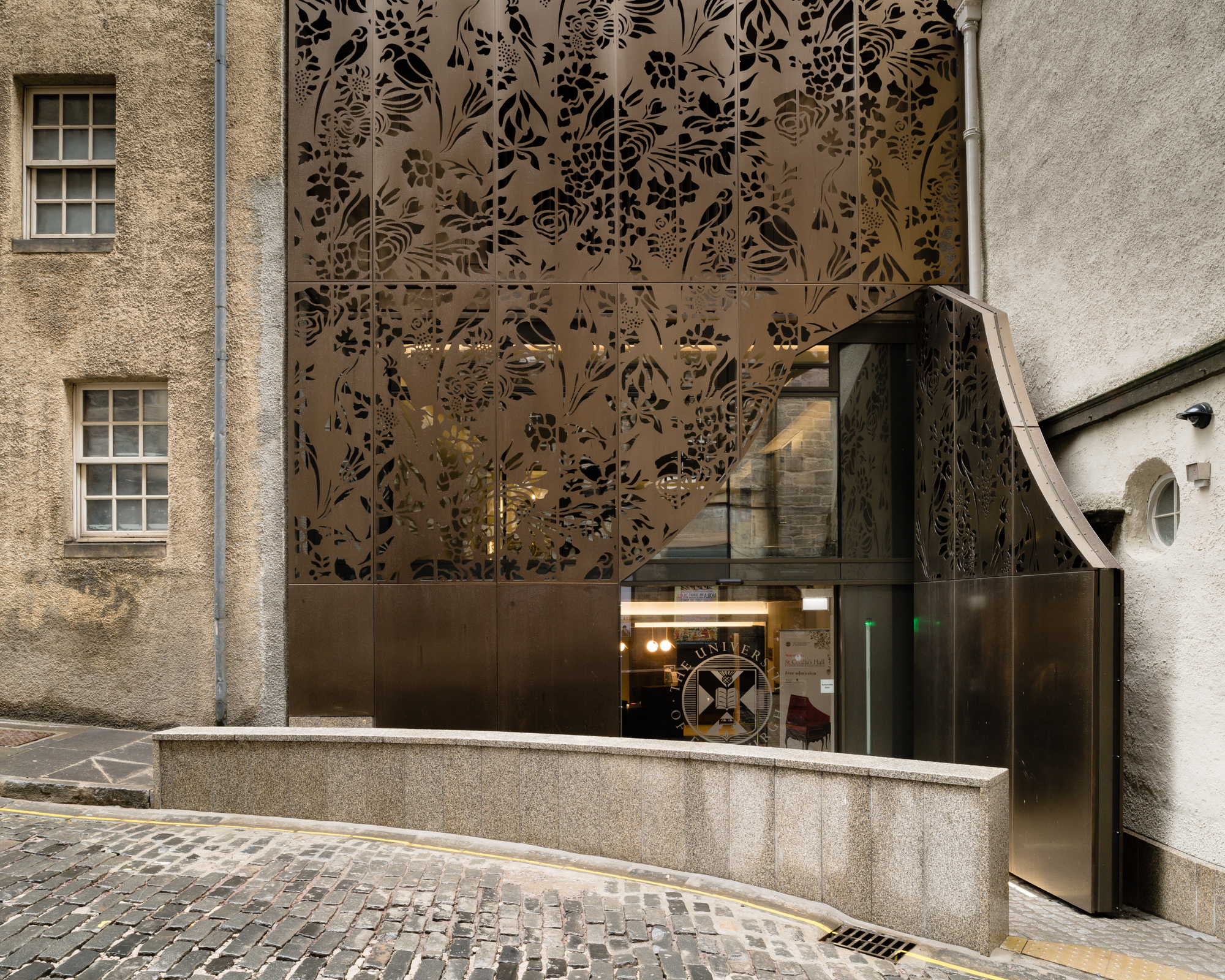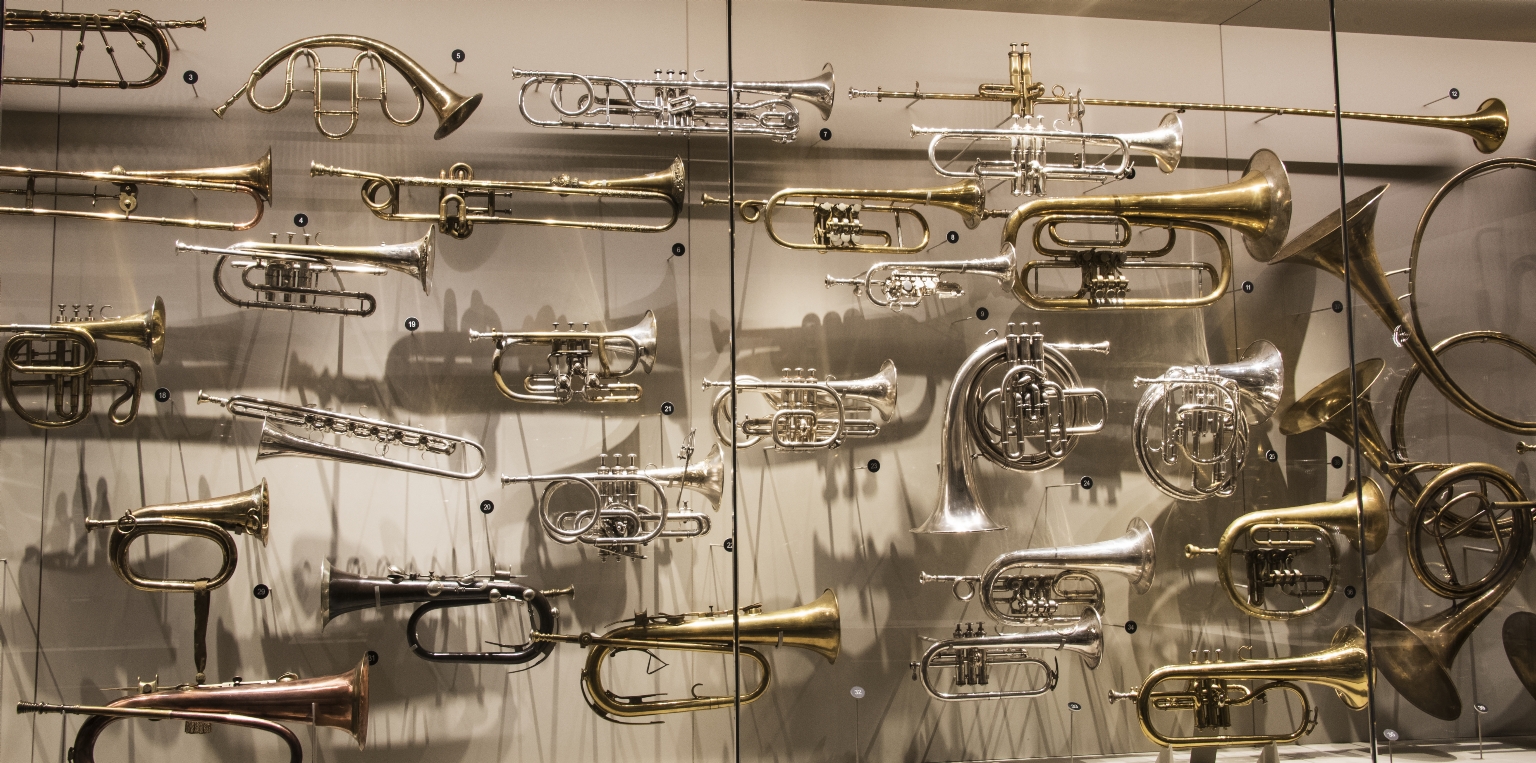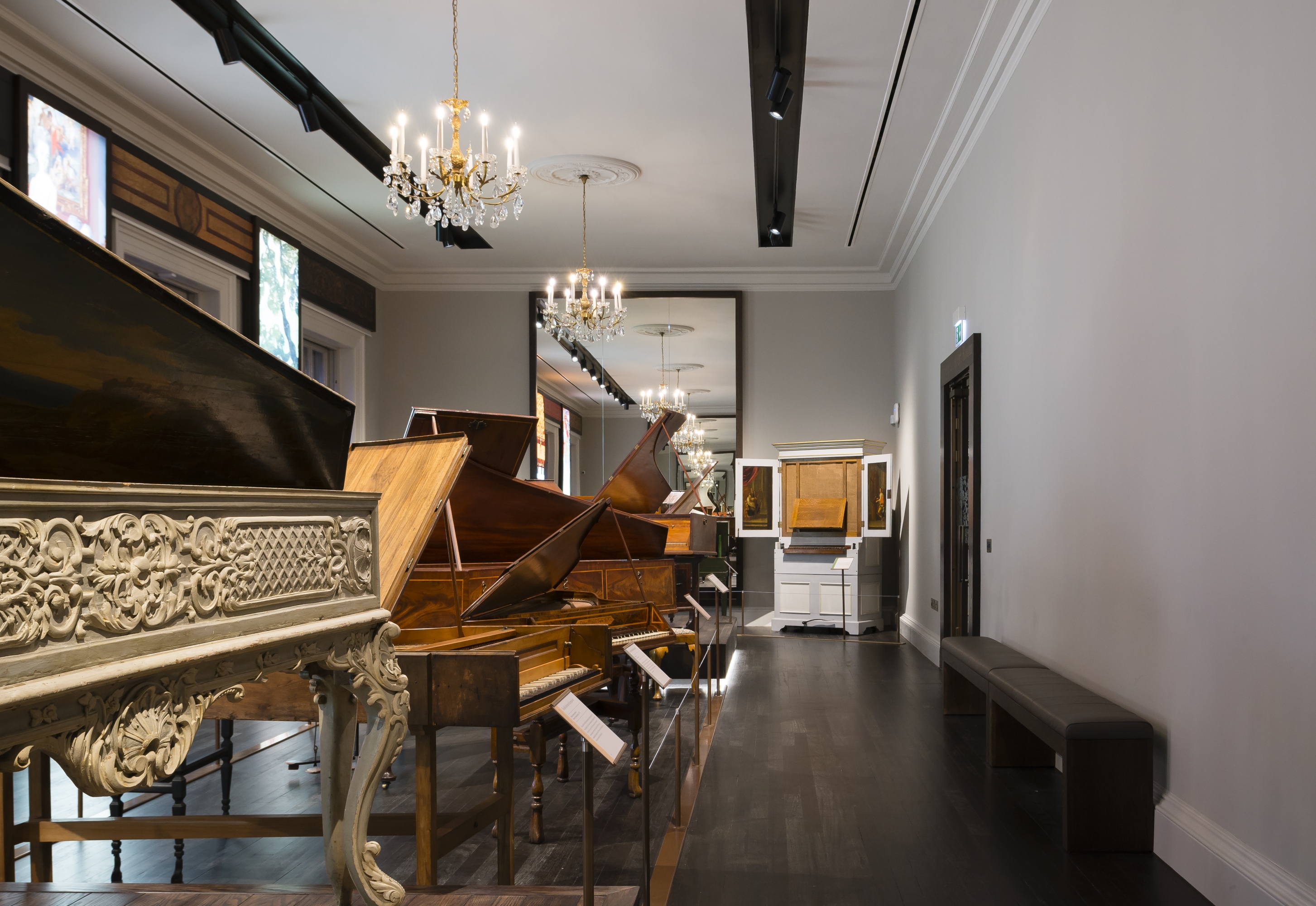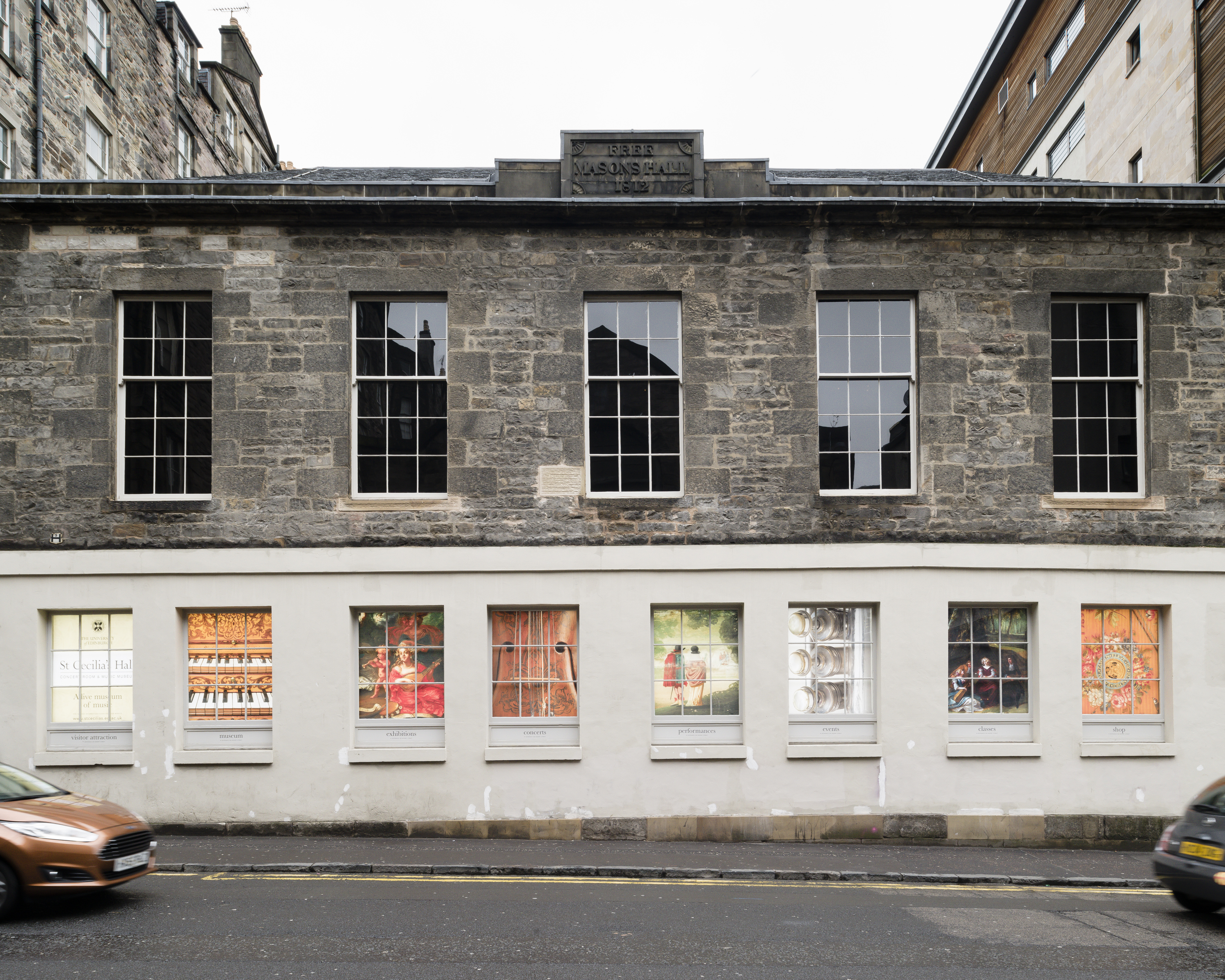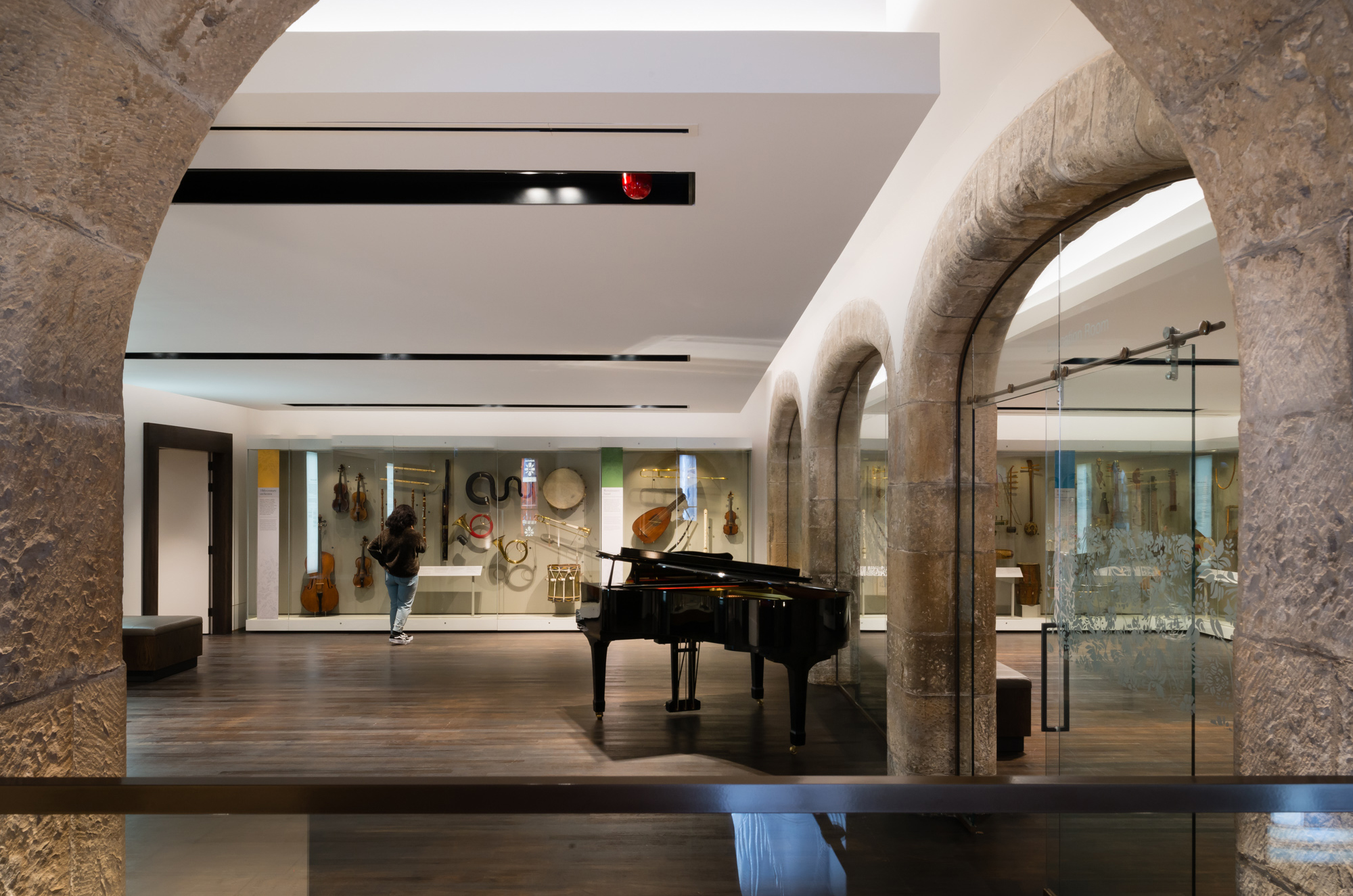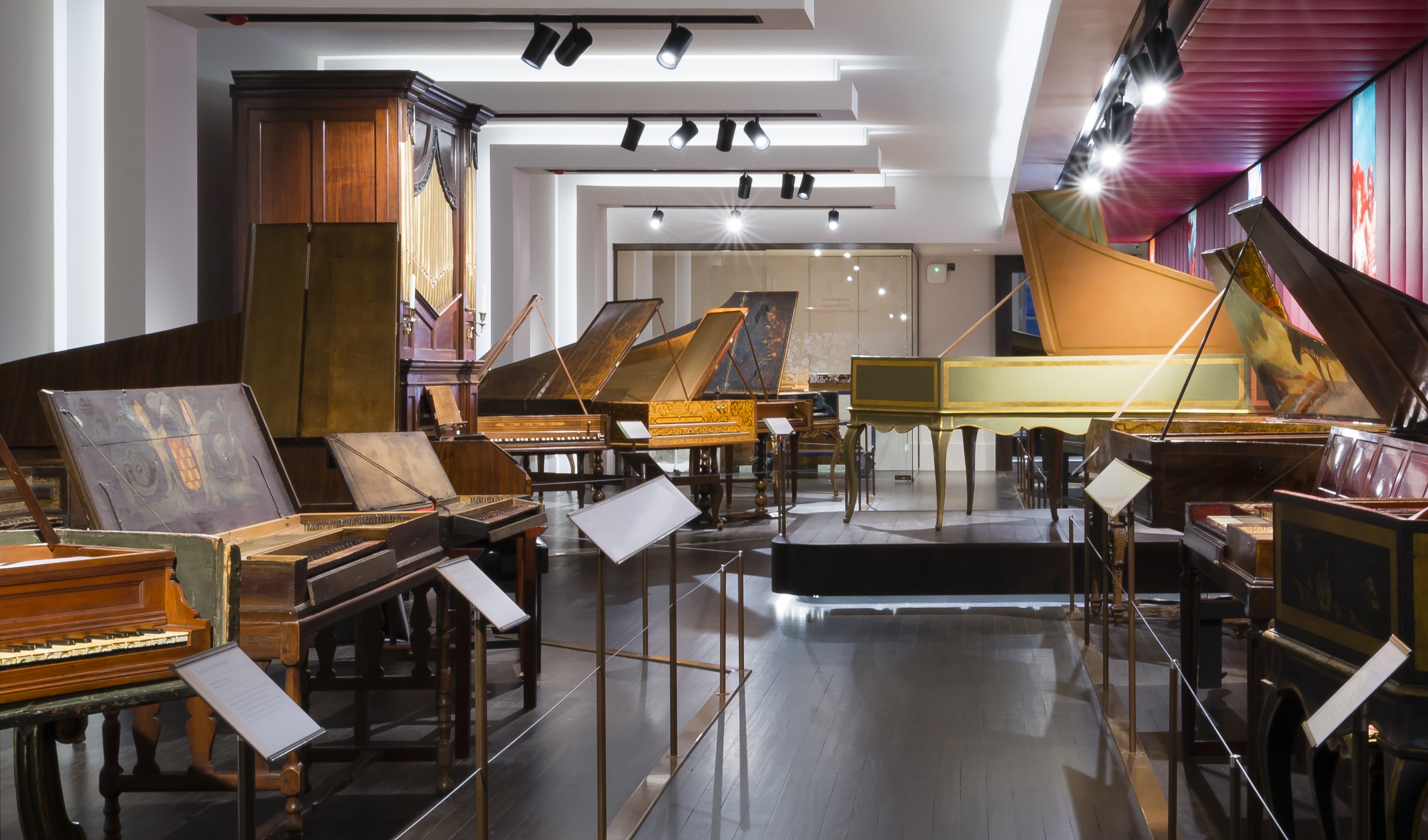The Story of the Clavichord
The History of the Clavichord
The clavichord is a simple instrument. It is housed in a small shallow box, without a stand or legs. Inside the box, there are strings that are stretched along called hitch-pins (on the left of the box) as well as tuning pins (on the right of the box). When a key is pressed, a small blade goes up and strikes a particular string. When the string is struck, a vibration occurs which creates sound. The loudness of a tone depends directly on how hard the key is struck. The clavichord, however, is a very quiet instrument so it can really only be heard well in a small room. At its loudest, the clavichord is a solo instrument with a soft tone. This is because of two reasons: (1) the total mass of the vibrating material; (2) the small velocity which the blade can obtain travelling a very short distance until it hits the string.1
Who dislikes noise, raging and fuming, whose heart bursts in sweet feelings, neglects both the harpsichord and the piano and chooses the clavichord.
Christian Schubart (1739-91)
The first time we hear about a clavichord is in the 15th century, but it may have been invented as early as the 14th century. The instrument was not popular for long in England, Scotland, or France but in Germany, Italy and on the Spanish Peninsula, clavichords were played frequently from the early 16th until the early 19th centuries.2
Until the 18th century, all clavichords were called “fretted” clavichords, meaning that each string was struck by several keys. They would have keys, each with their own blade, which would strike the same string (at different places) and create their specific note. This meant, however, that keys that played the same string could not be played at the same time. The reason all early clavichords were “fretted” is because in the music played at the time notes which were a semitone or a tone apart were rarely ever played together. So, there was no need to have a string for each note.1
In the 18th century, the first “unfretted” clavichords started to be built. These had a string for every specific note. Our clavichord is an “unfretted” clavichord because it has a separate string for each note.1
The size of clavichords also changed over time. In the beginning, they only had a range of two and a half octaves. Over time, clavichords grew larger and started having a range of up to five or six octaves.1
The clavichord was popular because it was small and cheap compared to other keyboard instruments. This is what made the clavichord an excellent instrument for practising with. It was even possible to travel with your clavichord.
We know that Mozart would have practised some of his keyboard pieces on a clavichord that he owned. For this reason, a project supported by The British Academy was conducted, using this 1763 Hass instrument to play some of Mozart’s early music. More information about the project can be found here. Below you can find a recording from the project.
Clavichords today
The clavichord was no longer popular by the 19th century and was largely forgotten about. However, the clavichord is having a bit of a resurgence in the last few decades.
In popular music, the clavichord has been transformed into the clavinet. The clavinet is an electrically amplified clavichord. It uses electro-magnetics to turn the string vibrations of a clavichord into an electrical current. You can hear the clavinet in funk, rock and soul music. The clavinet had a huge impact on shaping the sound of popular music. Stevie Wonder was one of the biggest clavinet users. You can hear the clavinet take centre-stage in Stevie Wonder’s hit song Superstition.
A big clavichord and clavinet enthusiast is a popular artist, Pharrell Williams. He has said that “I fell in love with the clavichord because it could be as radical as a guitar riff from Led Zeppelin or Metallica and it could be as rhythmic as more technical music. We were very loyal to that for a while. I think the very first time we used the clavichord was on SuperThug.”
The Clavichord is also back in another way. There is a community of clavichord builders who put out many resources on how to build your own clavichord at home. There is even a British Clavichord Society that discusses and shares information about the clavichord.
For any piano players out there, the following video from Clare Hammond explains some benefits of practising on the clavichord and how it has influenced her approach to playing the piano.
Activity
Listen to Stevie Wonder’s Superstition and try to figure out what the melody of the clavinet is in the song. Try and recreate the melody of the clavichord with any instrument you might have at home. If you don’t have an instrument at home, try out this virtual piano. See what you are able to come up with. If you like it, why not record what you have got.
Bibliography
1. Wade-Matthews, Max, ‘Music An Illustrated History’ (London, 2001).
2. Russell, Raymond, ‘The Harpsichord and Clavichord’ (London, 1959).
